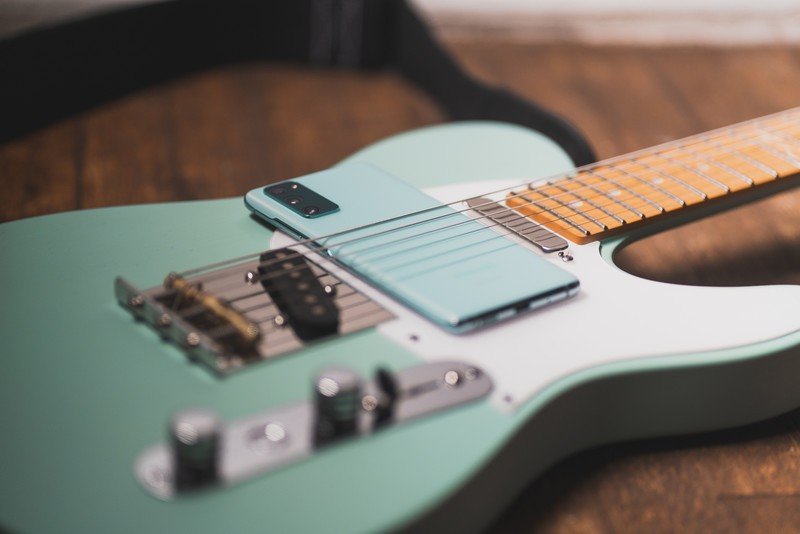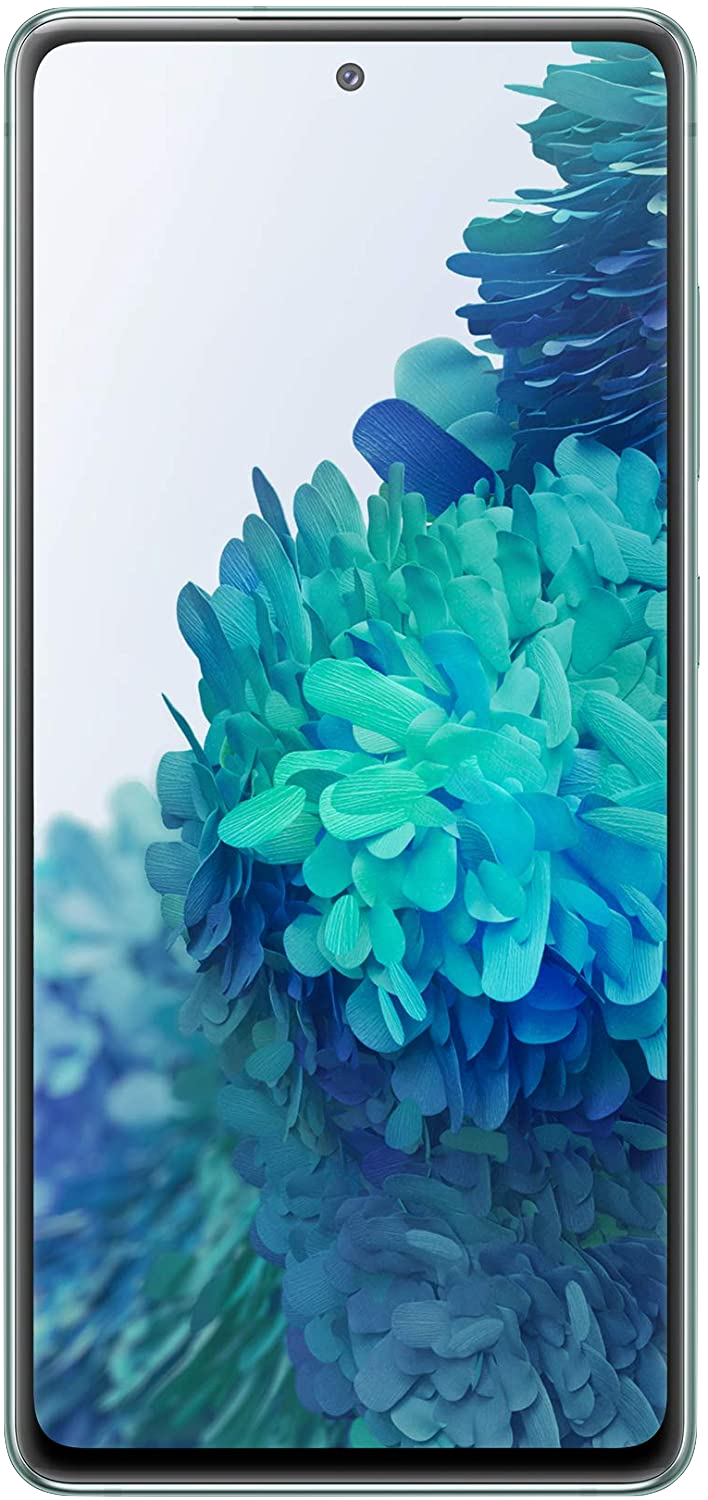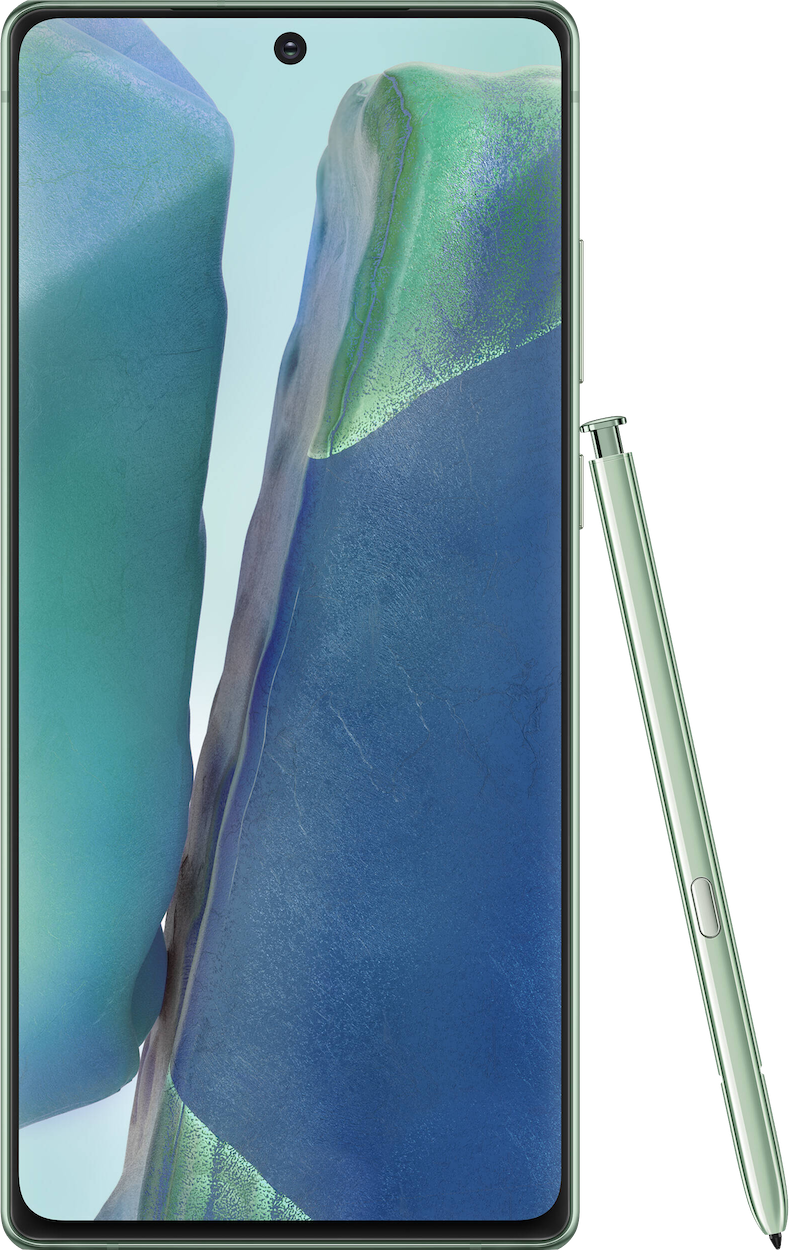Embracing plastic was the best change to smartphones in 2020

We've all heard the age-old expression, "Beauty is in the eye of the beholder." Smartphone design is about as subjective as it gets, and there's plenty of discourse surrounding the pros and cons of different build materials on phones; the aesthetic trade-offs, the different in-hand feel, and of course, the added fragility of decidedly more premium materials like metal and glass.
Throughout the last decade or so as smartphone manufacturers have gotten progressively better at making top-notch hardware, we've more or less narrowed our options down to those two materials, at least in the high-end space. Glass tends to be the more popular option of the two, partially because it's compatible with wireless charging, but aluminum has made a comeback in phones like the Pixel 5 as companies find clever ways around metal's inductive limitations.
Don't expect the next Lumia 900, but modern plastic phones feel surprisingly great.
I love metal and glass designs as much as the next person, but I've been absolutely blown away by some of the plastic phones that have launched in the flagship space lately — namely, the Galaxy Note 20 and the Galaxy S20 FE. When I first got the offer to review the former, I fully expected to be underwhelmed by a plastic shell on a $1000 phone, but this isn't the cheap, flimsy plastic Samsung used to use on the Galaxy S III. In fact, we liked the S20 FE so much we named it the best Android phone of the year. Seriously.
The Note 20 and S20 FE both feel surprisingly substantial in-hand, with just enough weight to avoid feeling like a toy while still sitting lighter than their glass and metal counterparts. It isn't quite up to the bludgeoning weapon standards of older plastic/polycarbonate Nokia phones like the Lumia 900, but these phones feel just as great as the pricier Galaxy S20+ and Note 20 Ultra they're based around.

Of course, these plastic designs are a big contributor to the lower prices we're seeing lately. The S20 FE matches the S20+ nearly spec for spec, and it isn't just Samsung shifting to plastic. Google's Pixel A series has been a massive staple of the affordable smartphone space for the last year or so; the Pixel 4a 5G I recently reviewed has all of the same specs as the Pixel 5 and even features a larger screen, making only minor sacrifices like a 60Hz display and a plastic build to come in $200 cheaper.
Plastic is also a great fit for wireless charging — even the aluminum-bodied Pixel 5 utilizes a small plastic section to circumvent metal's incompatibility with the standard. Unlike glass, you don't need to worry about a plastic body cracking in most cases, either.
At the start of 2020, I certainly didn't expect to be singing the praises of plastic of all things, but well, it's been a strange year. If plastic designs mean high-end phones at lower prices with more durable hardware and few trade-offs, sign me up.
Get the latest news from Android Central, your trusted companion in the world of Android

A flagship-tier phone at an unbeatable price point
The Galaxy S20 FE boils down everything that makes the pricier S20 models great into an aggressively affordable package with great hardware, powerful cameras, and a gorgeous display. There's a good reason the S20 FE is our phone of the year.

Potentially the last of its kind
If the rumors are true, the Note 20 and the higher end Note 20 Ultra could be the final Galaxy Note devices. The Note 20 isn't quite as spectacular of a deal as the S20 FE, but it's still a terrific device with a large display and support for the S Pen.

Hayato was a product reviewer and video editor for Android Central.
